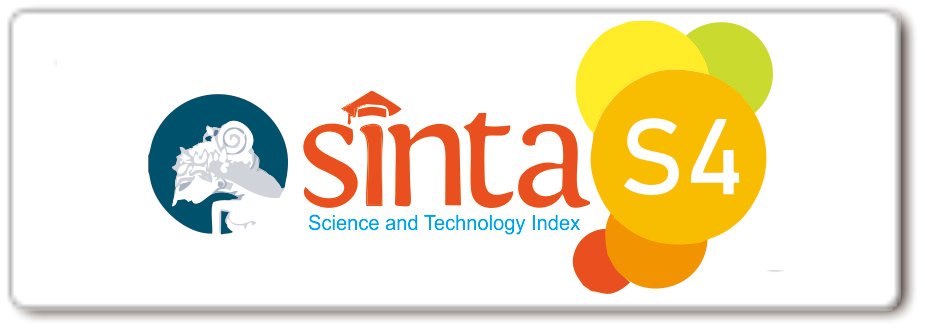KEGAGALAN TERAPI PADA KUSTA TIPE LEPROMATOSA DAN FAKTOR YANG MEMENGARUHINYA: SEBUAH LAPORAN KA
DOI:
https://doi.org/10.33820/mdvi.v49i2.339Keywords:
anak, kegagalan terapi, kepatuhan pengobatan, kusta, resistensi rifampisinAbstract
Children is a group that is nine times more likely to contract leprosy. The finding of new cases of leprosy in children is a strong indicator that indicates the disease transmission is still ongoing. World Health Organization (WHO) in 2019 reported 14,981 out of 202,185 (7.4%) new cases of children. Cases of resistance to multidrug therapy (MDT) can be primary or secondary. It is important to detect drug resistance earlier considering children’s quality of life would be affected by leprosy complication. A 14 years old girl from Lebak Regency, Rangkasbitung, Banten was diagnosed as lepromatous type (LL) leprosy and a second grade disability on the 5th finger of her left hand. Unimproved clinical and increasing the morphological index (IM) on the 9th month of treatment from 0.16% to 1%, leading the patient experience the drug resistance. The polymerase chain reaction (PCR) examination did not show any mutation in the RpoB gene. Inadequate and irregular MDT consumption have the potential to cause secondary resistance and the risk of becoming primary resistance later. It is not easy to determine drug resistance in endemic areas. Morphological index monitoring should be closely watched before treatment is complete thus the modified therapy can be given earlier.
Downloads
References
2. Narang T, Kumar B. Leprosy in children. Indian J Paediatr Dermatol. 2019;20:12–25.
3. World Health Organization. Global leprosy (Hansen disease) update, 2019: time to step-up prevention initiatives. Wkly Epidemiol Rec. 2020;36:417–40.
4. World Health Organization. Global leprosy strategy 2016─2020 accelerating towards a leprosy-free world. India: World Health Organization; 2016. h.1–14.
5. Matsuoka M. Drug resistance in leprosy. Dalam: Kumar B Kar HK, penyunting. IAL Textbook of Leprosy. Edisi ke- 2. New Delhi: Jaypee Brothers Medical Publishers; 2017. h.573-9.
6. Irawan Y, Menaldi SL, Sjamsoe-Daili ES, Marissa M, Zoulba E. Suspected resistance of MDT-MB in multibacillary lep- rosy of Hansen’s disease: Two case reports. J Gen Pro DVI. 2016;1:99–103.
7. Vedithi SC, Malhotra S, Das M, Daniel S, Kishore N, George A, dkk. Structural implications of mutations confer- ring rifampin resistance in mycobacterium leprae. Sci Rep. 2018;8:1–12.
8. Mahajan NP, Lavania M, Singh I, Nashi S, Preethish-Kumar V, Vengalil S, dkk. Evidence for Mycobacterium leprae drug
resistance in a large cohort of leprous neuropathy patients
from India. Am J Trop Med Hyg. 2020;102:547–52.
9. Singh SK, Kumar A, Nath G, Singh TB, Mishra MN. Resis- tance to anti leprosy drugs in multi-bacillary leprosy: a cross sectional study from a tertiary care centre in eastern Uttar
Pradesh, India. Indian J Dermatol. 2018;84:275–9.
10. Siskawati Y, Effendi EH, Legiawati L MS. Poor treatment compliance leads to a higher mutation for rifampicin re- sistance in multibacillary leprosy patients. Med J Indones.
2018;27:237–43
11. Saktiawati AMI, Sturkenboom MGG, Stienstra Y, Subronto
YW, Sumardi, Kosterink JGW, dkk. Impact of food on the pharmacokinetics of first-line anti-TB drugs in treatment-na- ive TB patients: A randomized cross-over trial. J Antimicrob Chemother. 2016;71:703–10.
12. Faust L, Klowak M, MacRae C, Kopalakrishnan S, Showler AJ, Boggild AK. Ofloxacin-containing multidrug therapy in ambulatory leprosy patients: a case series. J Cutan Med Surg. 2021;25:45–52.
13. Patel K, Goldman JL. Safety concerns surrounding quinolone use in children. J Clin Pharmacol. 2016;56:1060–75.
14. Cambau E, William DL. Anti-leprosy drugs: modes of action and mechanisms of resistance in Mycobacterium leprae. 2019 [diakses tanggal 16 Juli 2021]. Tersedia di: www.internation- altextbookofleprosy.org














